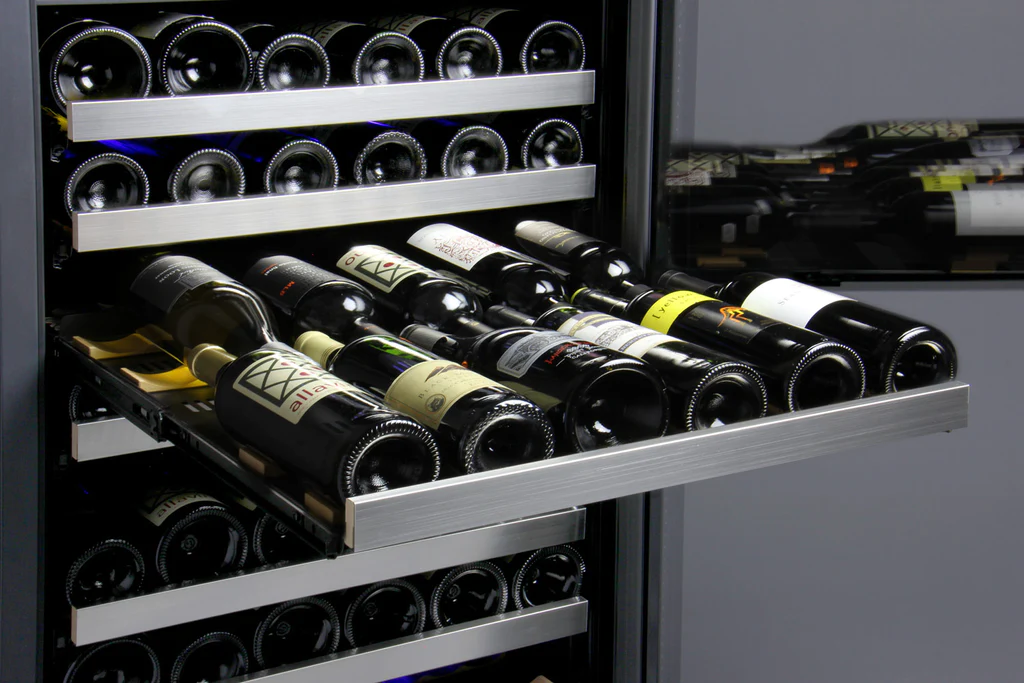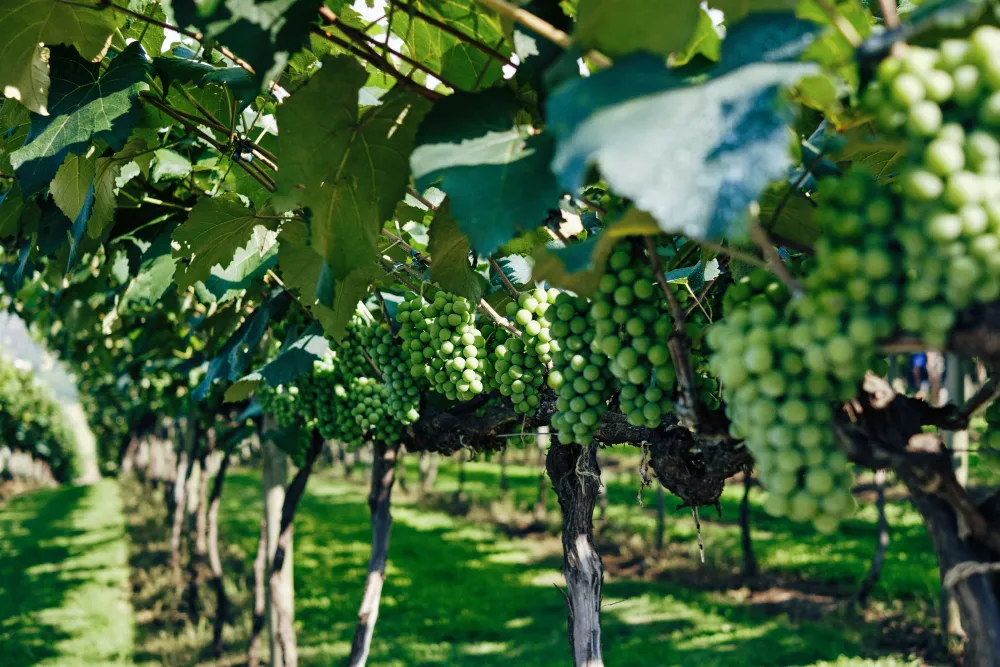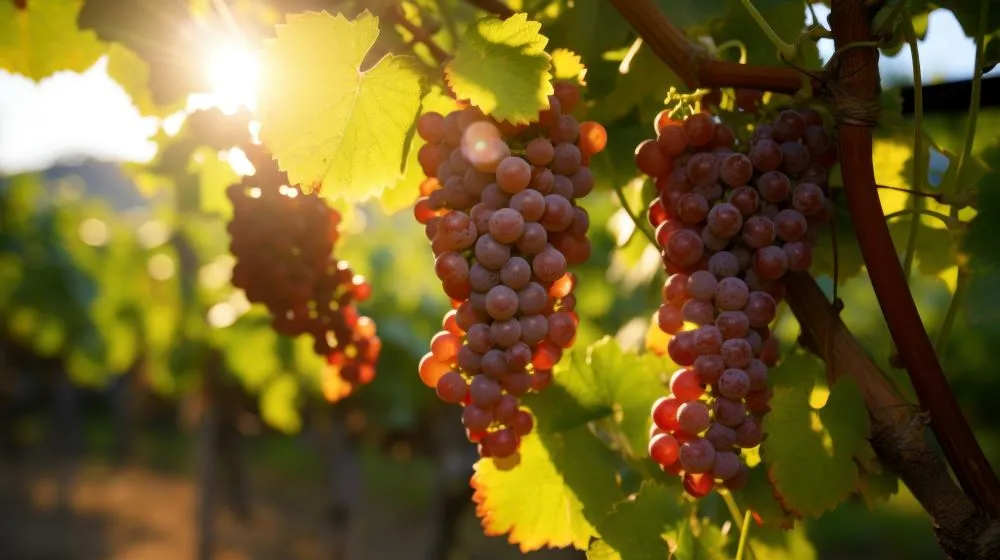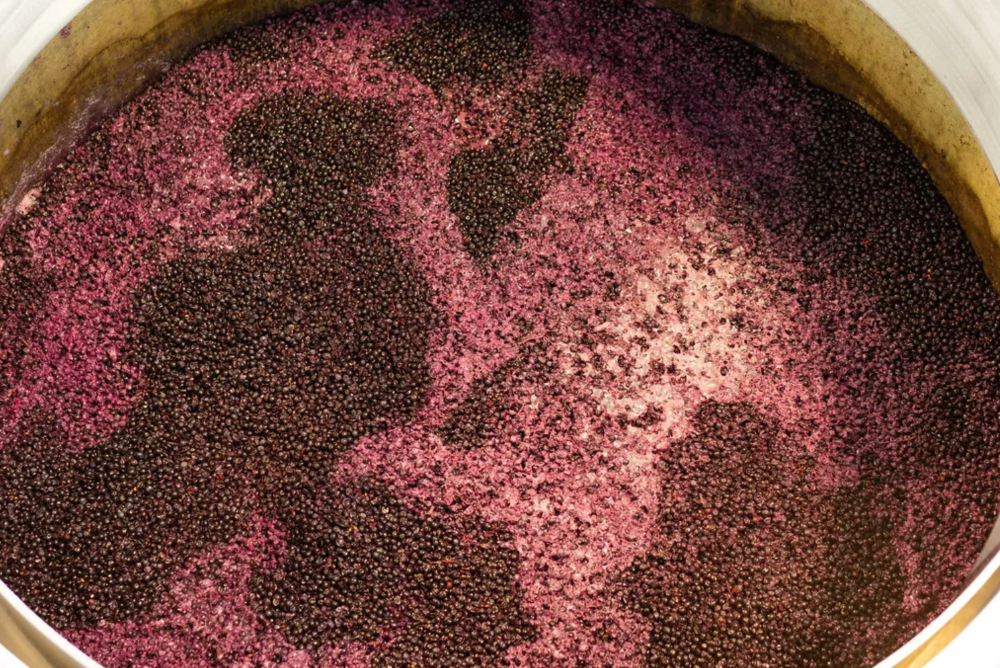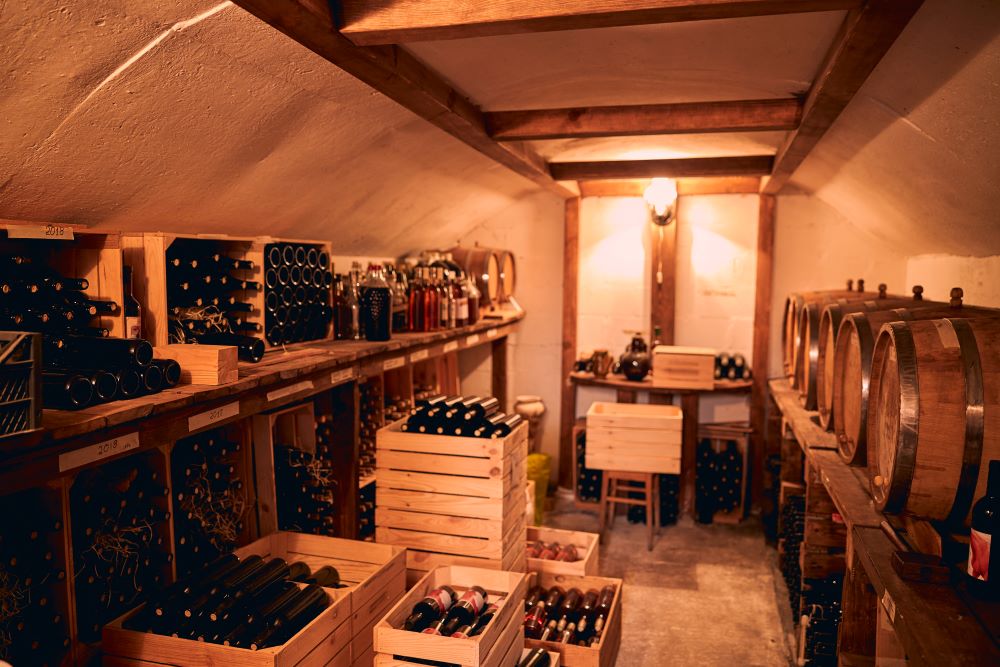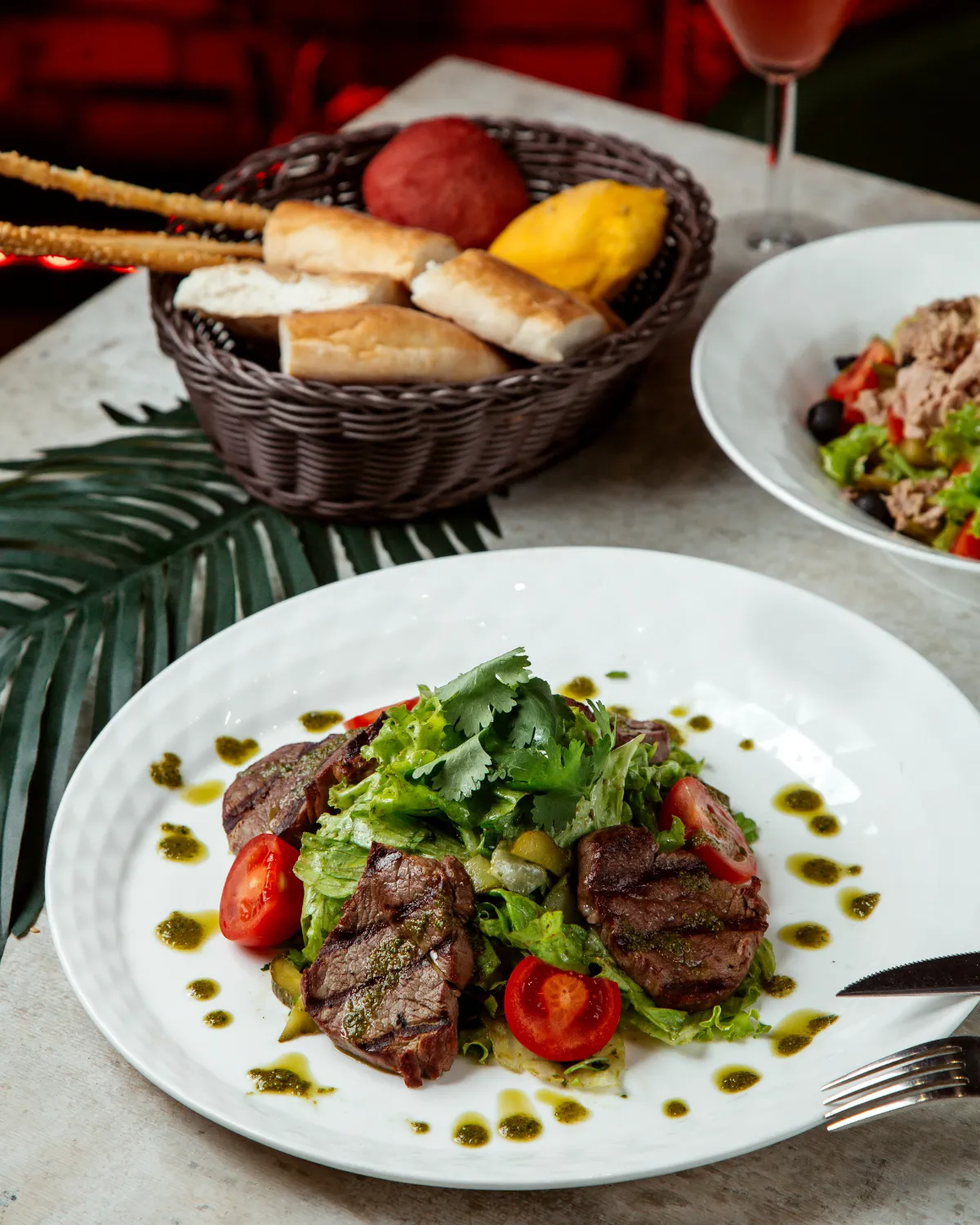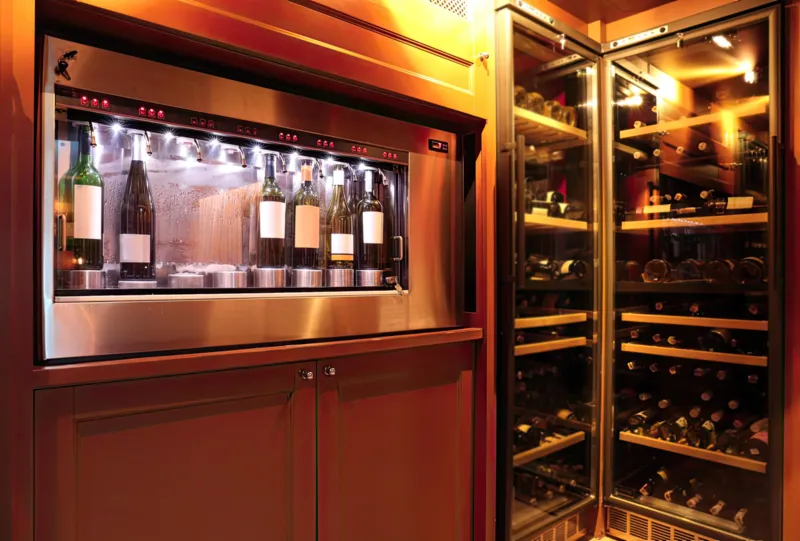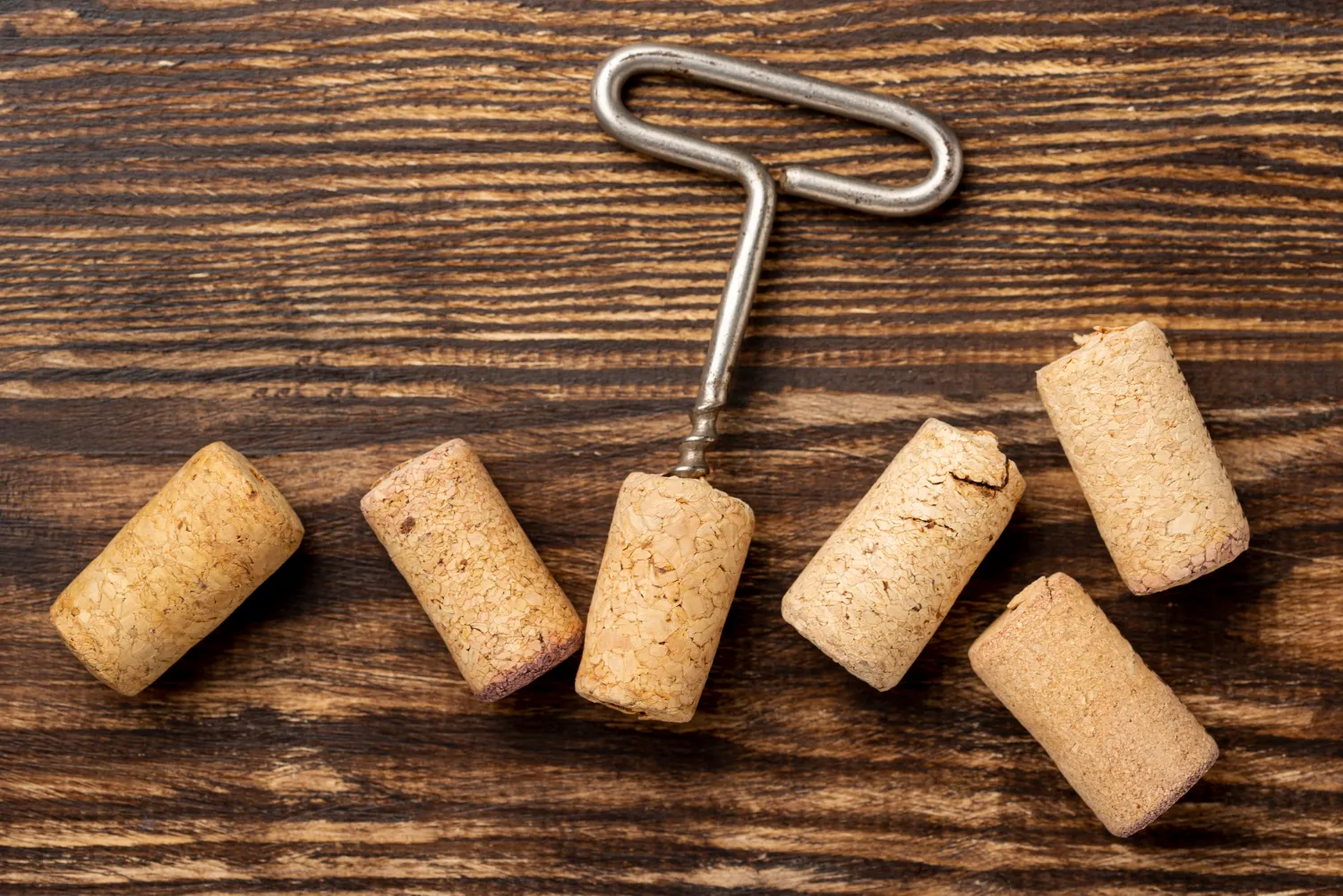There’s a fascinating world of microorganisms at play in the process of winemaking, and none are more important than yeasts. These living organisms are the true magicians behind the transformation of grape juice into wine through the process of fermentation. Saccharomyces cerevisiae, the dominant yeast in wine and beer production, plays a crucial role in converting sugar into alcohol and releasing carbon dioxide. After completing their task, these yeasts form lees, a mix of dead yeasts and other compounds that can enhance the complexity and aging potential of a wine. Understanding the role of yeasts in winemaking is key to appreciating the art and science behind every bottle of wine we enjoy.
Historical Significance of Yeasts in Winemaking
For centuries, winemakers relied on the natural presence of wild yeasts in the environment to kickstart the fermentation process. These wild yeasts, which are present on the skins of the grapes and in the winery environment, would interact with the grape juice sugars to produce alcohol. This primitive form of winemaking was a fascinating dance between nature and human intervention, resulting in unique and sometimes unpredictable flavors in the wines.
As winemaking practices evolved, ancient civilizations such as the Egyptians and Romans began to observe and understand the role of yeast in fermentation. They noticed that certain vessels or areas in the winery consistently produced better wines, attributing this to the presence of specific yeast strains. This observation laid the foundation for the intentional use of yeast in winemaking, marking a significant shift towards more controlled fermentation processes. Over time, winemakers started to develop techniques to isolate and cultivate these specific yeast strains to achieve more consistent fermentation results. This marked the beginning of a new era in winemaking, where yeast selection became a critical factor in determining the flavor profile and quality of the wines produced
About Wine Yeast Fundamentals
The yeasts responsible for the transformation of grape juice into wine are living microorganisms that belong to the Saccharomyces cerevisiae species. These tiny beings play a crucial role in fermentation, converting sugar into alcohol and releasing carbon dioxide as a byproduct. Saccharomyces cerevisiae is commonly found in the natural environment, particularly on grape skins in vineyards. Their presence and activity are important for the winemaking process and contribute significantly to the development of wine’s unique flavors and aromas.
Any winemaking endeavor heavily relies on the native yeasts naturally present on grape skins and in the vineyard surroundings. These yeasts are not only crucial for fermentation but also introduce complexity and character to the finished wine. Fundamentals show that the interaction between yeasts and grape juice progresses under controlled conditions, ensuring the development of desirable characteristics in the final product.
The Wine Fermentation Process
It all begins with the must, the grape juice containing sugars. During fermentation, yeasts present on the grape skins naturally begin to convert these sugars into alcohol, transforming the must into wine. This vital process gives rise to the delightful beverage we all enjoy. Yeasts play a crucial role in this transformation, releasing carbon dioxide as a byproduct along with the desired alcohol. This fermentation process forms the foundation of all wines, from light white varietals to full-bodied reds.
One of the most intriguing aspects of yeast during fermentation is their life cycle. As yeasts work tirelessly to convert sugars into alcohol, they eventually complete their task and die. These deceased yeasts settle at the bottom of the fermentation tank, forming a layer known as lees.
Lees are not just a waste product; they play a crucial role in winemaking. Through a process called battonage, winemakers stir the wine, allowing the lees to impart complexity and flavor to the wine. This technique is often used in white wines to enhance their aromatic profile and aging potential. Yeasts play a genuinely amazing function in the winemaking process. Every bottle of wine has distinct and nuanced flavors because of their capacity to convert must into wine and the healthy compounds they release during fermentation.
Conclusion
So, wine yeasts are crucial microorganisms responsible for the fermentation process that turns grape juice into wine. These tiny allies, naturally found on grape skins, play a crucial role in converting sugar into alcohol and releasing carbon dioxide during fermentation. The dominant yeast Saccharomyces cerevisiae not only produces wine but also gives us beer. Lees, the residue containing dead yeasts and other compounds, contribute to the complexity, flavor, and aging potential of wines. Winemakers can choose to age wines on lees through battonage, stirring the wine to enhance its characteristics. Ultimately, wine yeasts are the true architects behind the magic of winemaking, transforming grape must into the beloved drink we enjoy. Cheers to the yeasts and the unique experience they bring to our palates!



